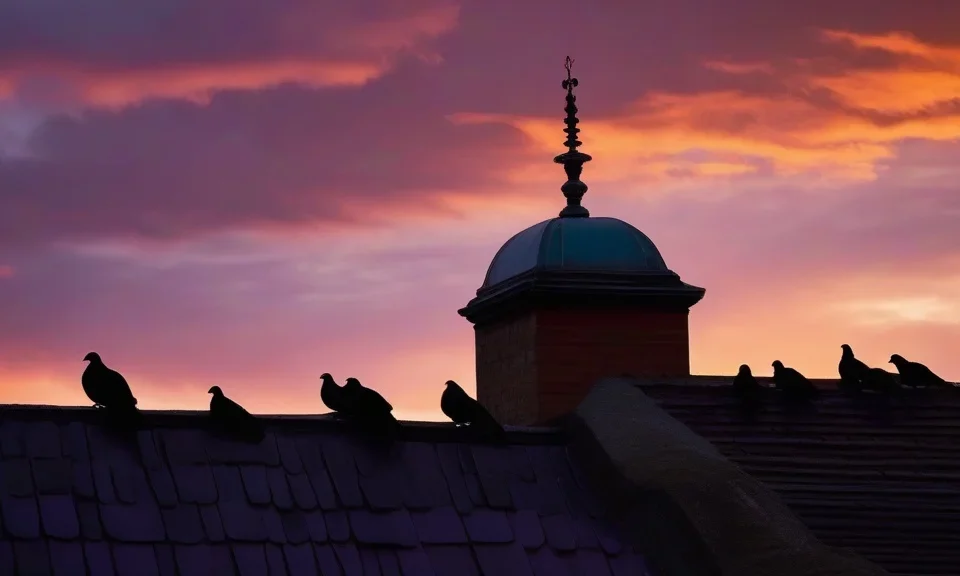Pigeons, often regarded as just birds in our daily lives, have a rich and fascinating history in folklore and mythology. These creatures have been seen as symbols of peace, love, fertility, and even messengers of the gods in various cultures and civilizations. In this article, we will delve into the significance of pigeons in folklore, exploring their symbolism, roles in mythology, and cultural beliefs.
Key Takeaways
- Pigeons symbolize peace, love, and fertility in mythology and folklore.
- They are often associated with goddesses like Aphrodite and are considered messengers of the gods in Greek mythology.
- Pigeons hold diverse cultural meanings, including being spiritual guides and carriers of abundance.
- In Chinese culture, pigeons are deeply intertwined with history, folklore, and symbolism.
- Throughout history, pigeons have been associated with resilience, adaptability, and redemption.
The Symbolism of Pigeons in Mythology and Folklore
Pigeons hold a significant place in mythology and folklore across cultures. They have been associated with various symbolism, including peace, love, fertility, and spiritual guidance. In Greek and Roman mythology, pigeons were connected to Aphrodite, the goddess of love, pleasure, and procreation. Doves pulled her chariot, and she sometimes took the form of a dove or pigeon. The story of the Judgment of Paris, in which a white dove was used as a messenger, is one of the most famous legends associated with pigeons.
Pigeons also have deep cultural symbolism. In Native American cultures, pigeons are seen as spiritual guides and carriers of abundance. They are associated with fertility, prosperity, and the ability to adapt and survive. In Celtic traditions, pigeons are believed to bring good fortune and are considered messengers from the spirit world. In Chinese culture, pigeons hold various meanings and are deeply intertwined with history, folklore, and symbolism. They represent love, peace, and good luck, and their images often adorn Chinese artifacts and art.
Pigeons in Mythology and Folklore Around the World
Pigeons have played significant roles in mythologies and folklore across diverse cultures. In addition to Greek and Roman myths, pigeons have been revered in Hinduism, Buddhism, Christianity, and many other belief systems. In Hindu mythology, pigeons are associated with gods and are believed to have a special connection to the divine realm. They are considered messengers of the gods and symbolize purity and devotion. In Buddhism, pigeons are seen as symbols of peace and freedom.
Throughout history, pigeons have not only held religious and spiritual significance but have also been admired for their resilience and adaptability. In times of war and strife, pigeons were used as messengers to deliver important information. They were even used during World War I to maintain contact with resistance movements in enemy-occupied territories. Pigeons’ ability to find their way back home made them invaluable allies in communication. Their sacrifice and dedication to their duty became a symbol of redemption.
The Enduring Symbolism of Pigeons in Art and Literature
Pigeons have inspired artists and writers throughout history. They have been featured in ancient paintings, ceramics, and modern artworks, symbolizing various themes. In literature, pigeons have been depicted as birds with deep symbolic value. They have been associated with themes of love, compassion, peace, and hope. Famous poets like John Keats and artists like Pablo Picasso and Henri Matisse have used pigeons in their works to convey emotions and ideas.
In conclusion, pigeons in folklore and mythology have a rich and diverse symbolism. They represent peace, love, fertility, and resilience in various cultures. Pigeons are not just ordinary birds but have deep cultural and spiritual significance that has endured through time. Their symbolism in art and literature further highlights their importance in human history and imagination.









